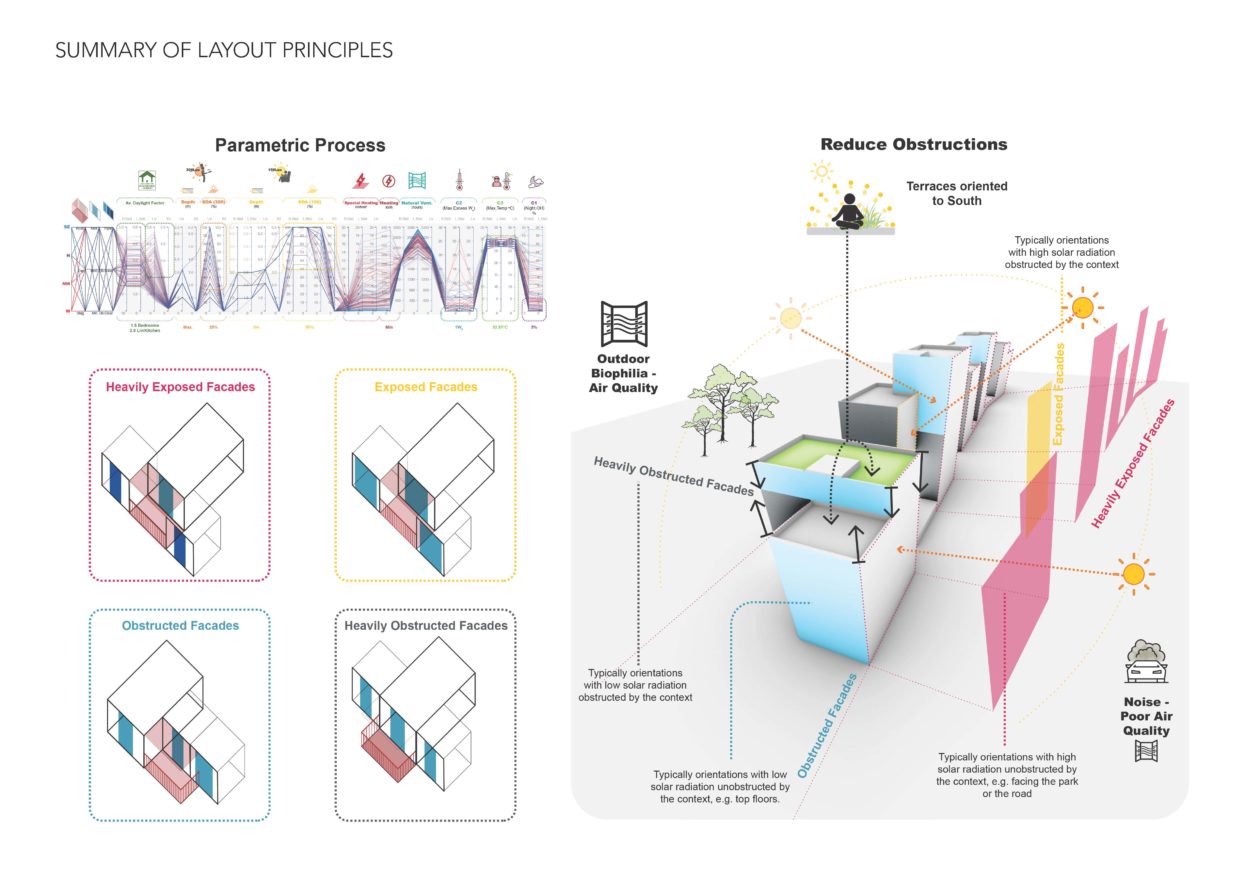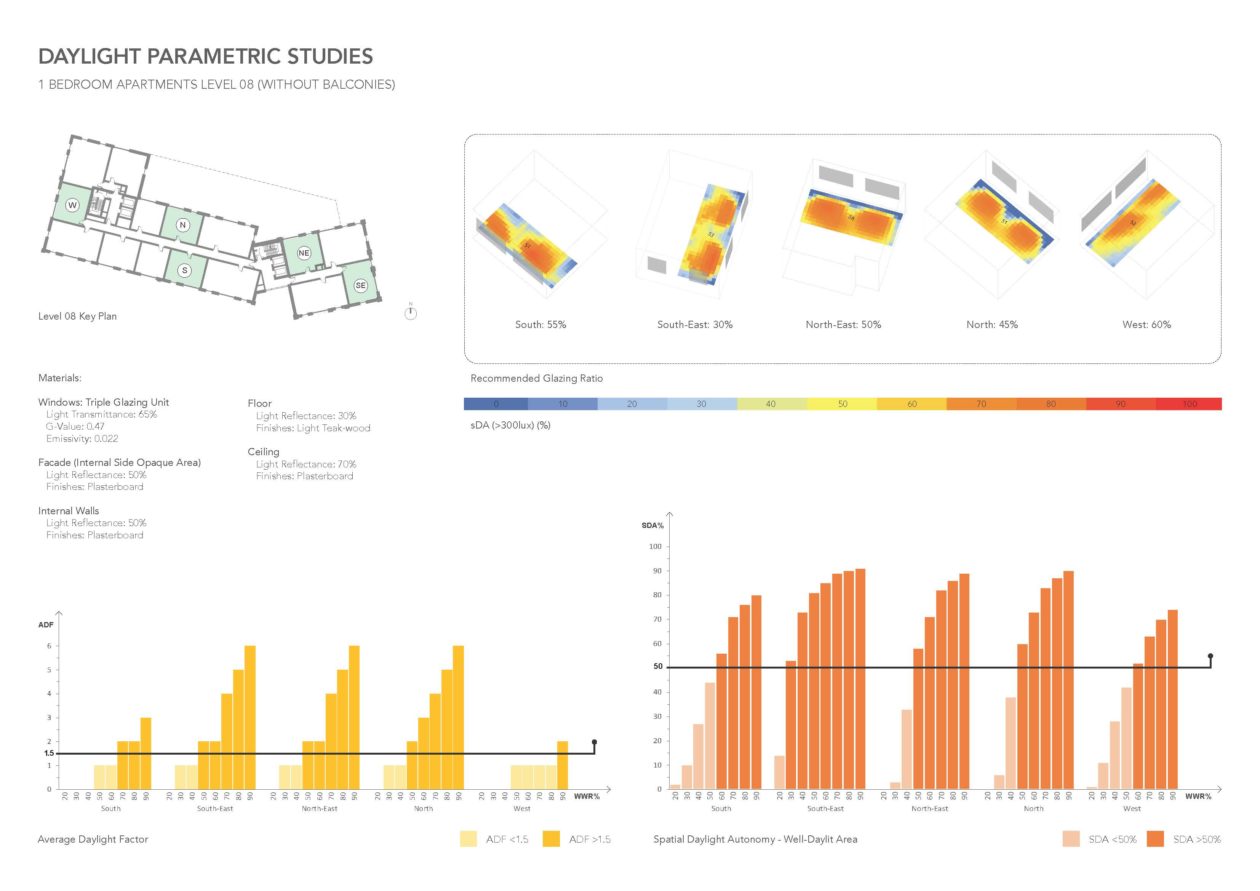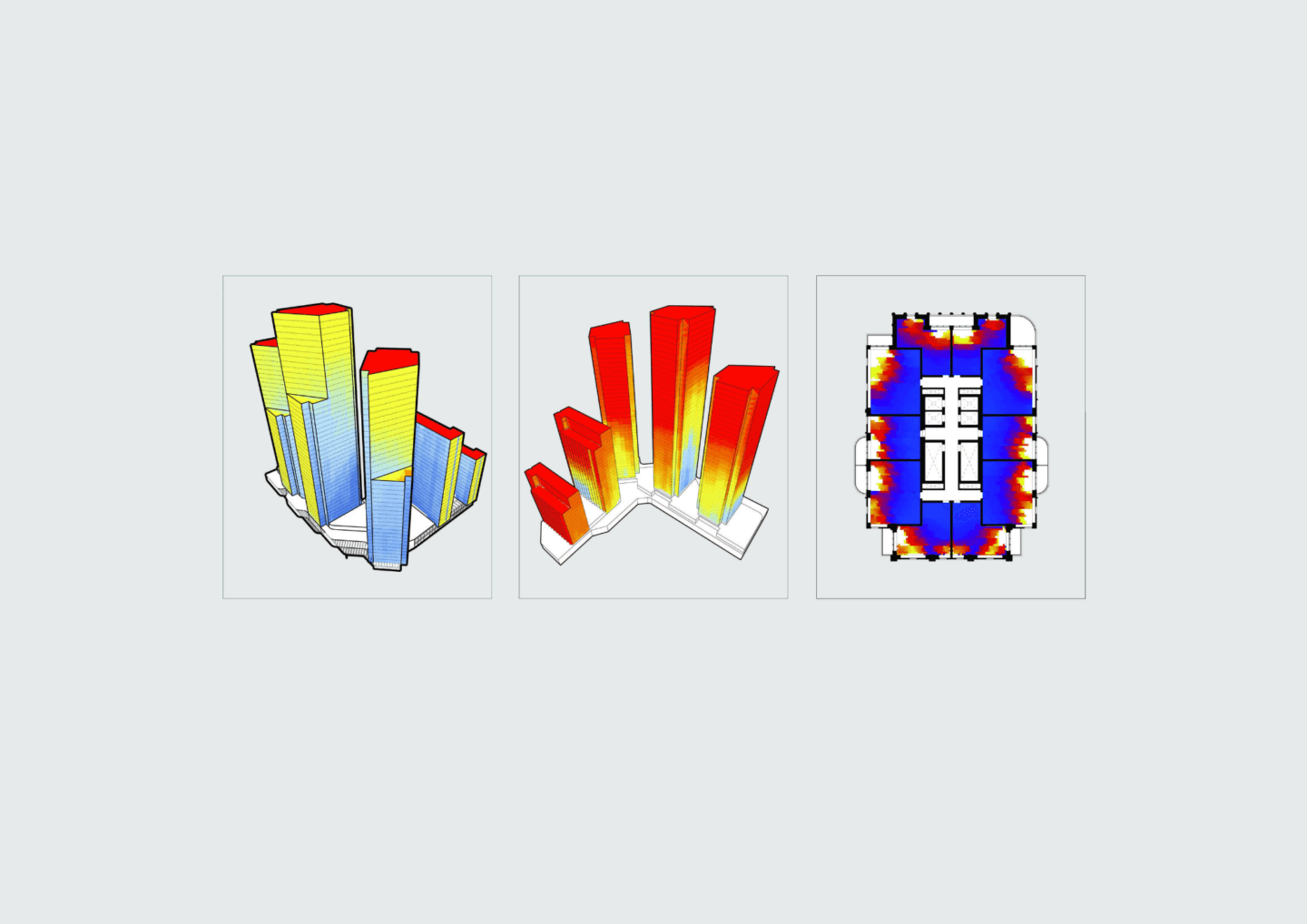An Emerging Era for Building Form
Architecture is undergoing a transformative shift, entering an era of significant change in the way buildings are conceived, designed and ultimately constructed. This period is characterised by bold experimentation, cutting-edge technology, and a renewed emphasis on sustainability and its importance in a cohesive society. Architects today are not just shaping the physical spaces we inhabit; they are reimagining the very form of buildings themselves, challenging traditional norms to create architecture that is more responsive, dynamic, and better integrated into their environments than ever before.
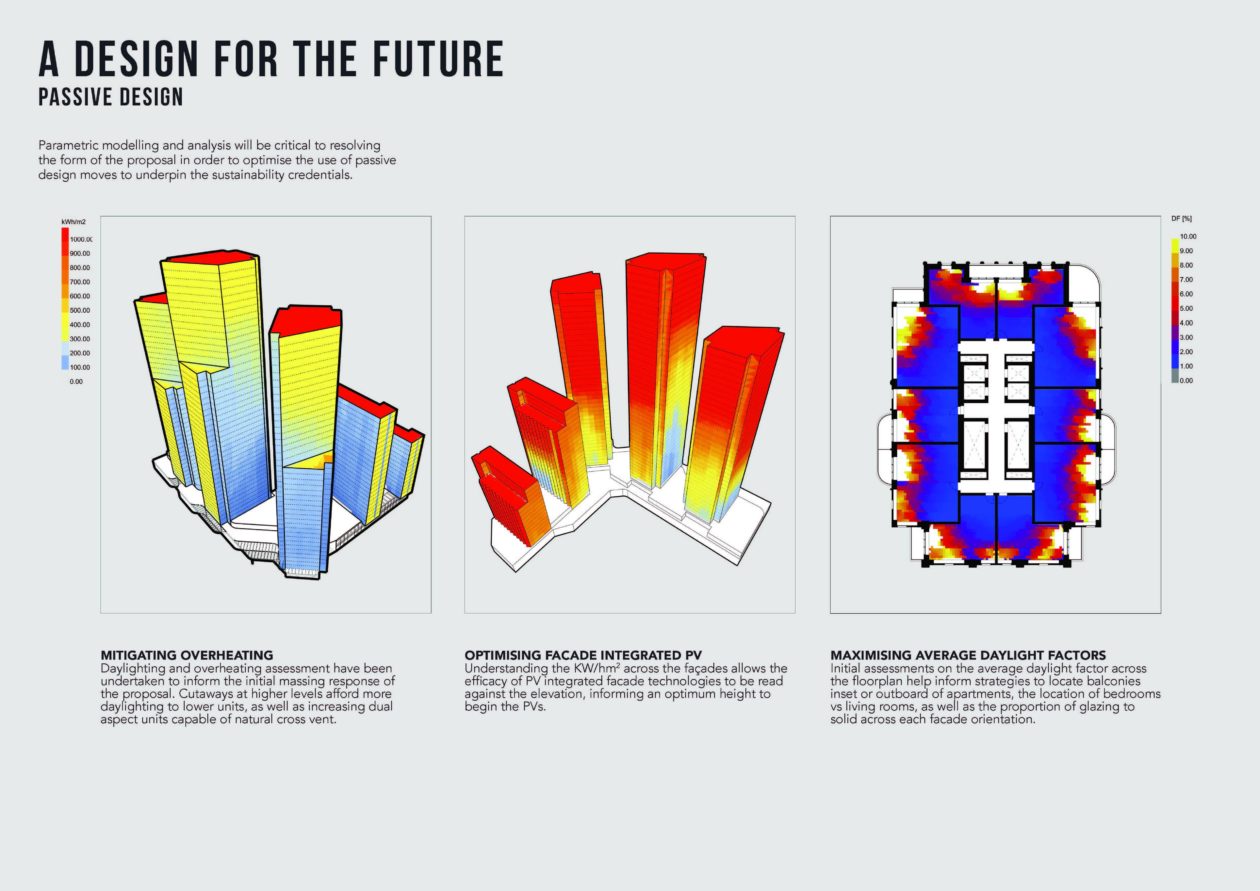
One of the most significant drivers of this emerging era is the advancement of digital tools, particularly in the realms of parametric design and generative algorithms. These technologies allow architects to explore and realise complex geometries that were previously unimaginable. Parametric design, for example, uses algorithms to generate forms that respond to specific criteria, such as environmental factors, material efficiency, or structural performance. At its most extreme, this has opened-up new possibilities for organic, fluid building shapes, and truly environmentally responsive facades that can adapt to changing conditions.
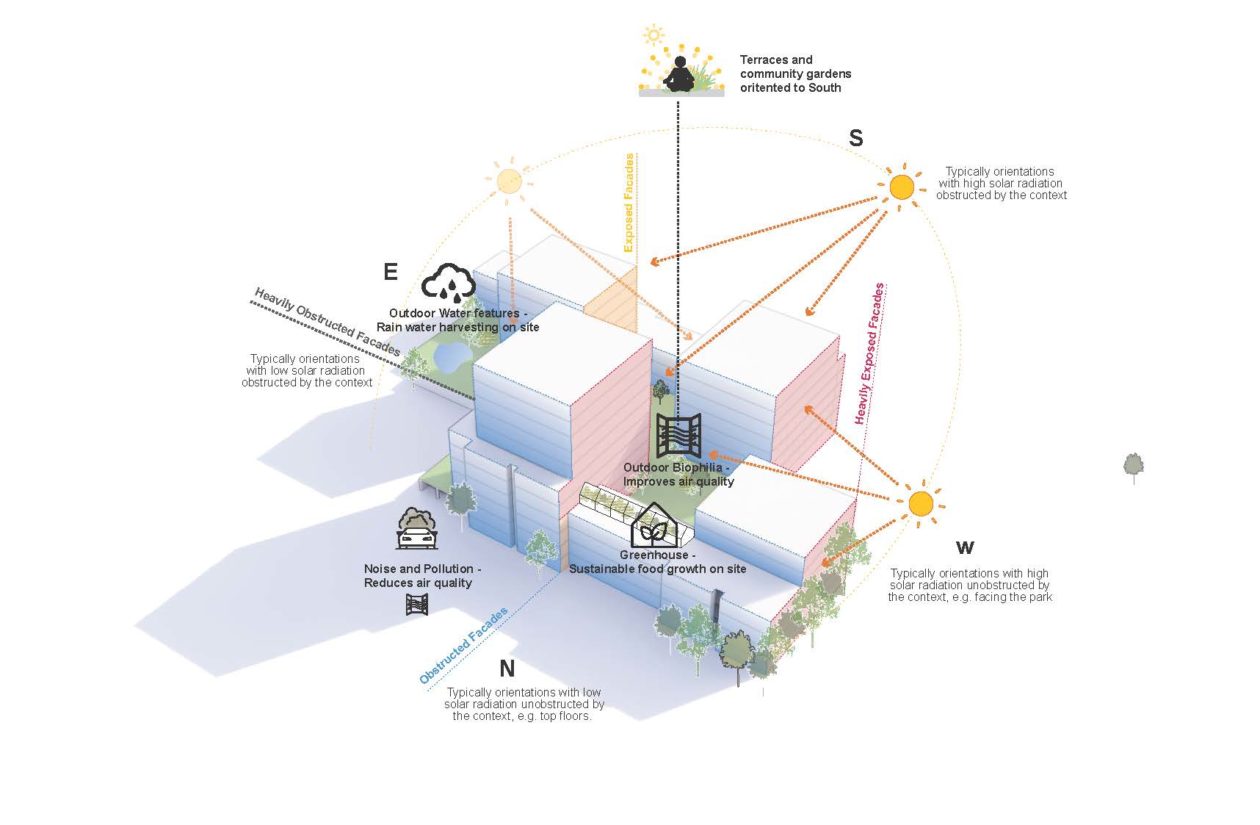
On a more simplistic level, the same technology can be utilised to undertake more rigorous design testing to better tailor a buildings orientation, to generate forms which provide improved shading to exposed facades or to minimise the effects of overheating whilst balancing sufficient daylight where required. More significantly, all this can be done by the architect, in-house, and early enough in the design process to genuinely influence building form and design development.
3D modelling and building information modelling (BIM) have also become integral to the design process, facilitating more precise and efficient designs, in-turn providing more precise and efficient construction. These tools enable architects to visualise and test building forms in ways that are both innovative and practical, ensuring the designs they create are not only aesthetically compelling but also structurally sound, functional and perhaps most importantly in today’s challenging financial markets, designs which are economically efficient.
In addition to technological innovation, the increasing focus on sustainability has had a profound impact on architectural form. Climate change and resource scarcity have prompted architects to rethink how buildings interact with their surroundings and the environment at large. The idea of the “green building” has evolved from simple energy-efficient structures to fully integrated, ecosystem-sensitive designs that aim to minimise environmental impact while enhancing the quality of life for their occupants. This has led to new building forms that integrate green spaces, natural ventilation, and even see energy-generating elements being incorporated directly into the building’s architecture.
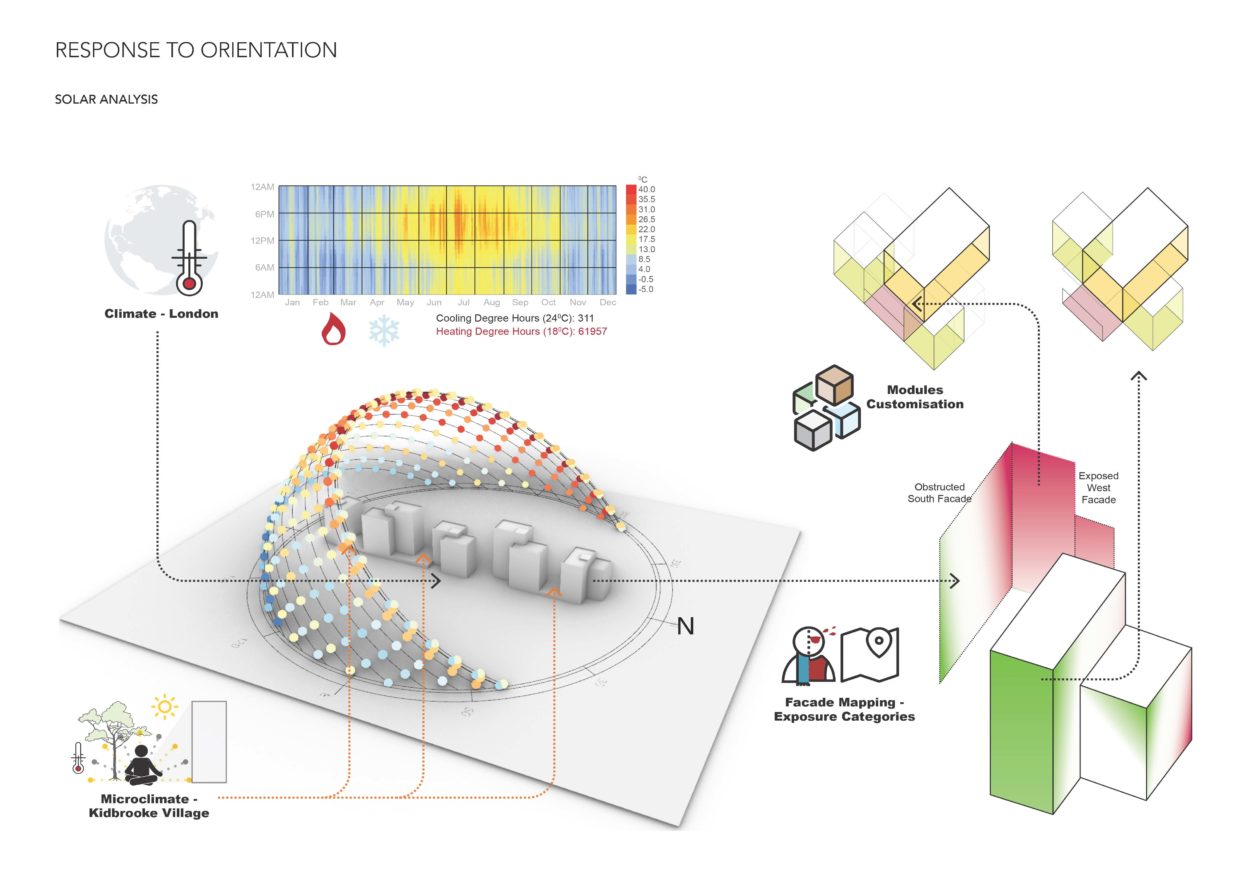
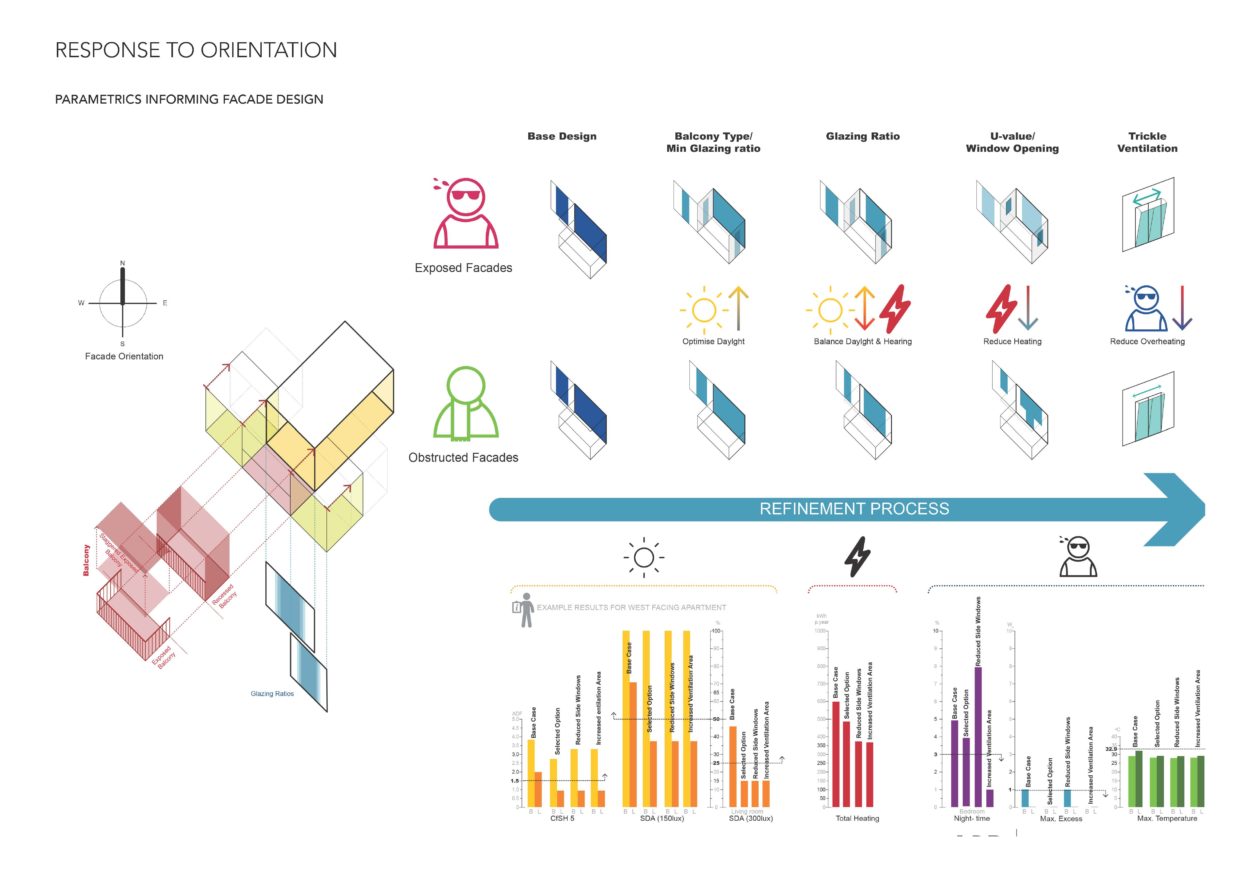
As technology continues to evolve and environmental concerns become more pressing, the form of buildings will only become more diverse, imaginative, and responsive. The intersection of creativity and functionality will continue to push the boundaries of what architecture can achieve, resulting in a built environment that is more interconnected with the natural world and more attuned to the needs of the future.
In conclusion, this emerging era of building form in architecture is defined by a mix of technological innovation, environmental consciousness and artistic expression. It is an exciting time for the field, as architects experiment with new forms, materials, and strategies to create buildings that are not only visually striking but also environmentally responsible and socially meaningful.
